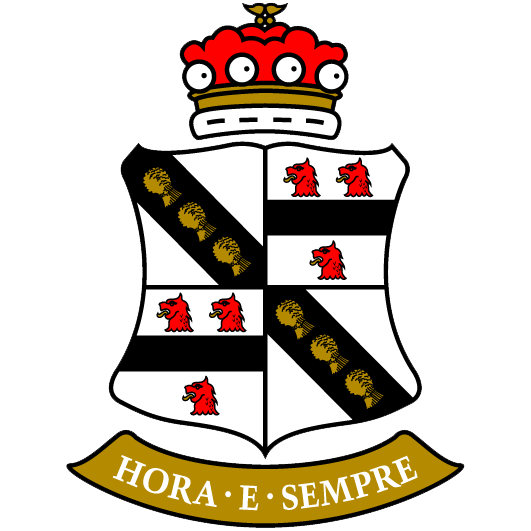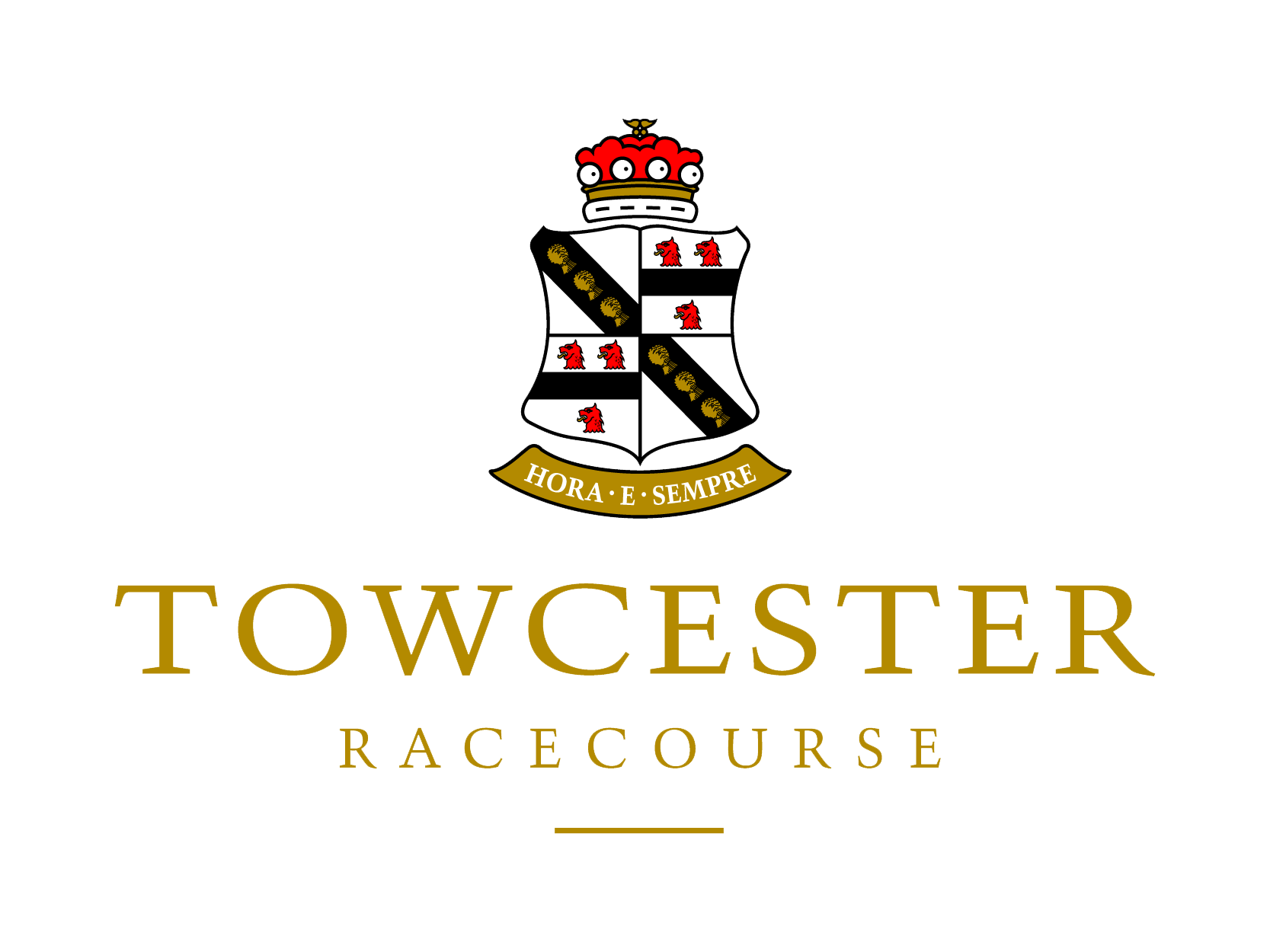The Bulldog Crossing refers to the crossbreeding efforts during the eighteenth century, which aimed to improve and enhance the physical traits and temperament of the smooth-haired hound. A significant milestone was achieved by Lord Orford, who successfully bred a distinctive hound with desired characteristics through multiple generations of crossbreeding.
The Crossbreeding Initiative
Motivation: The primary objective behind these crossbreeding attempts was to:
- Eliminate the rough-coated hound type.
- Improve the appearance and quality of the smooth-haired hound.
Contributions: Key individuals and their contributions to the crossbreeding process were:
- Lord Orford played a major role in the mid-eighteenth century by promoting the development of a smooth, silky coat.
The Bulldog-Greyhound Cross
Breeding Strategy: Lord Orford achieved his goal by crossbreeding the following breeds:
- Smooth-haired Greyhound
- English Bulldog
Generations: This crossbreeding initiative took place over seven generations until Lord Orford was satisfied with the results.
Characteristics of the Resulting Hound
The successful outcome of Lord Orford’s breeding efforts resulted in a hound exhibiting the following traits:
- Small ear: The hound possessed the characteristic small ear, commonly desired in smooth-haired breeds.
- Fine, silky coat: The hound’s coat was noticeably smoother and silkier than its predecessors.
- Tremendous courage: The hound was known for its exceptional bravery and physical prowess.
Achievements
As a result of the Bulldog Crossing, Lord Orford was able to breed what he considered “the best Greyhounds ever known,” combining the most desirable traits of both parent breeds. This crossbreeding success laid the foundation for further advancements in breeding and trait selection within the smooth-haired hound lineage.
Emergence of the Brindle Greyhound
The Brindle Greyhound, characterized by its uniquely patterned coat, first emerged as a result of the crossbreeding efforts mentioned earlier. Although initially unpopular, this variety of Greyhound has since gained considerable favor among enthusiasts and breeders.
Development of the Brindle Coat
The introduction of the brindle coat in Greyhounds can be traced back to the same crossbreeding initiative that brought about the Bulldog Crossing:
- Trigger: Crossbreeding of a smooth-haired Greyhound with an English Bulldog.
- Outcome: The brindled coat first appeared in Greyhounds as a result of these crossbreeding efforts.
Shift in Popularity
Over time, the brindle Greyhound’s popularity experienced a significant shift:
- Initial reception: In the early days, few people besides Lord Orford appreciated Greyhounds with brindle coats.
- Current status: Today, brindle Greyhounds are highly sought after, and the coat pattern has become widely popular.
This change in preference can be attributed to evolving tastes, increased appreciation of the brindle coat’s unique appearance, or other factors that have influenced popular opinion regarding its desirability over time.
Legacy of Lord Orford’s Crossbreeding
Lord Orford’s crossbreeding efforts, as part of the Bulldog Crossing, were validated by the subsequent achievements and excellence of the produced hounds. One of his most successful offspring, Czarina, became a cornerstone in the development of the finest coursing stock in Britain.
Czarina’s Influence
Bitch Czarina was an integral part of the Greyhound ancestry, due to her exceptional offspring that contributed significantly to the development of coursing stock:
- First litter: Czarina’s initial litter gave birth to Claret, an influential sire in the Greyhound lineage.
Claret and Snowball
The mating of Claret led to the emergence of Snowball, a highly successful dog in the coursing realm:
- Owner: Snowball was owned by Major Topham, a member of the prestigious Malton Coursing Club in Yorkshire.
Achievement Highlights
Snowball’s remarkable accomplishments underline the success of Lord Orford’s breeding efforts:
- Coursing wins: Snowball won more than thirty courses during his competitive career.
- Cups won: In addition, Snowball secured four cup victories, further cementing his status as an exceptional Greyhound.
- Retirement: After an illustrious career, Snowball was retired to stud, contributing to future generations of Greyhounds.
These achievements of Snowball and other descendants of Czarina stand as a testament to the impact of Lord Orford’s crossbreeding initiatives on the development and advancement of the Greyhound breed.
Public Stud Services and the Rise of Champion Greyhounds
An important development in Greyhound breeding occurred when a dog named King Cob, who carried the famous bulldog lineage, was presented as the first publicly available stud. This pivotal moment has heavily influenced the history and direction of Greyhound breeding, leading to the creation of notable champions such as Master McGrath.
King Cob: A Pioneer in Public Stud Services
King Cob, who was known for his bulldog lineage, emerged as a significant figure in Greyhound breeding history. He holds the distinction of being the first Greyhound whose services were made available to the broader public, shifting the previous norms and bringing about a new era in breeding practices.
Emergence of Master McGrath
King Cob’s lineage led to the development of a formidable champion named Master McGrath. Born from King Cob’s bloodline, Master McGrath ascended the ranks to become one of the most celebrated coursing Greyhounds of his era.
Master McGrath’s Successes
Master McGrath won the prestigious Waterloo Cup three times in 1868, 1869, and 1871, marking his place in coursing history.
Recognition by Queen Victoria
Following his string of victories, Master McGrath was honoured with an uncommon distinction. He was commanded to present himself before Queen Victoria at Windsor Castle, demonstrating the prestige and recognition he gained through his success in the field. This recognition also underscores the importance and influence of the bulldog lineage in the Greyhound breed’s development.




